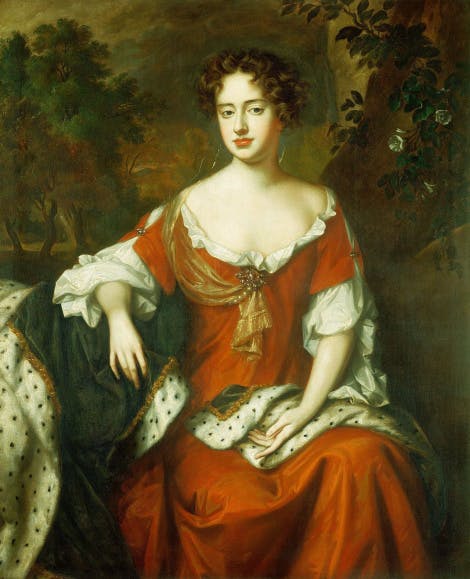Mehmet's life
Mehmet was born in the city of ‘Goron’ or Koroni, in the Morea (now part of Peleponnesian Greece) which was then in the Ottoman empire.
In the late 18th century, the Ottoman empire and Christian European powers were in conflict. In 1683, the Ottomans laid siege to Vienna but were defeated by the Hapsburgs and their allies. Their brief moment of weakness was seized on as an opportunity for expansion into Ottoman territories, and the Republic of Venice hired European armies, to conquer Morea.
The fortress of Goron was conquered by the Hanoverian army in around 1686, probably by an officer under the command of Georg Ludwig, the Prince-Elector of Hanover (and future George I of Britain). Mustapha was captured around the same time in Misistra, also in the Morea.
One of the local Pashas (rulers) governing around this time was called Mehmet, and our Mehmet may possibly have been his son. If this were true, it could help explain why Mehmet was able to rise to a higher position in George I’s service than Mustapha, and was even elevated to the Hanoverian nobility.
As we will see, Mehmet had also accumulated a long record of service, which must have helped him rise through the ranks; Mehmet had been working for nearly 20 years at the Hanoverian court by the time Mustapha arrived there.




















